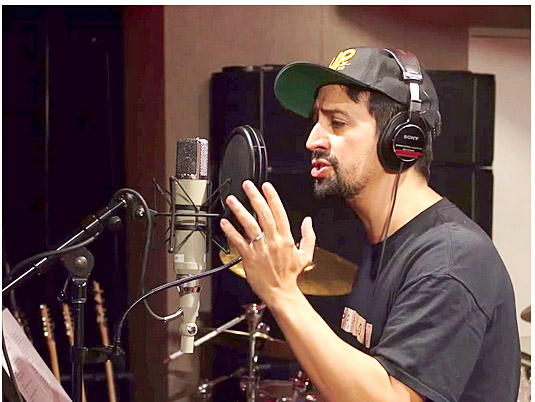Greetings all, and thanks for sharing your expertise.
I’m a very new noob, trying to figure out if I’m under- or over-thinking audio quality. I’d greatly appreciate it if any of you more experienced ears could listen to a couple of cuts of audio and let me know how to improve my audio, adjust it for my voice, etc. Or tell me if I need to quit overthinking.
I’m attaching a couple of short cuts. These are from my first audiobook, which I’m working on for ACX. One is raw .wav file and the other has been processed with the Audacity ACX plugins. I feel like the processed cut is coming out sounding a bit tinny or hollow, and I realized that I just don’t have enough depth of experience to know what I’m listening for. Any help and criticism is greatly appreciated, and please don’t pull punches. (No ego riding on this. ![]() )
)
Equipment is low-end, so please let me know if you believe that’s an issue as well.
I’m using a Blue Nessie mic, Windows 10, Audacity 2.3.2. My booth is an inside closet with some blankets hanging down. I’m a little concerned about noise floor, since I have the laptop fan is usually going. It’s quiet, but constant.




